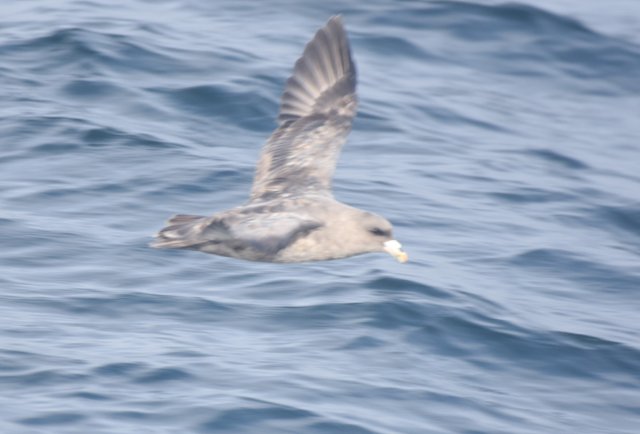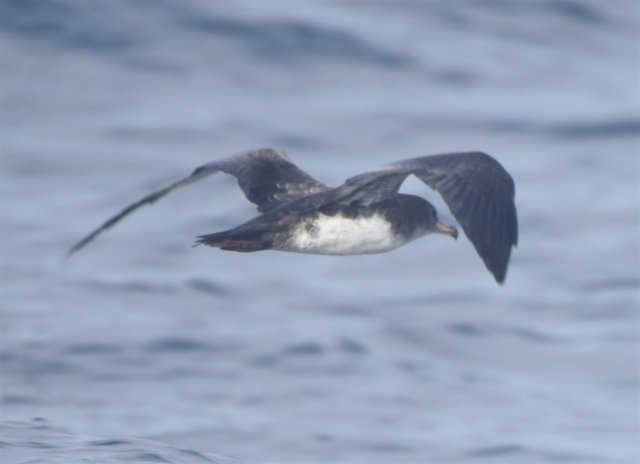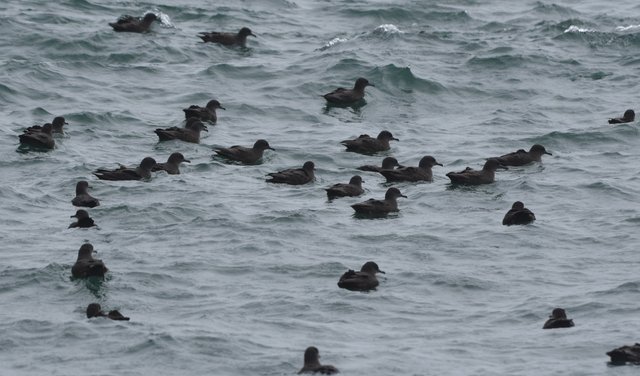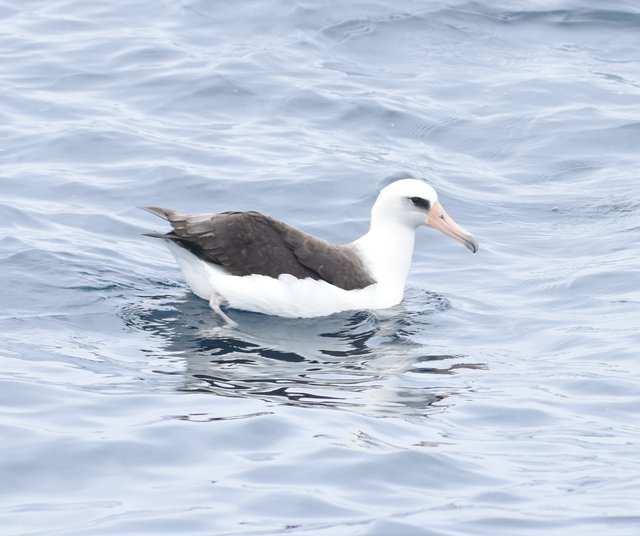Tubenoses
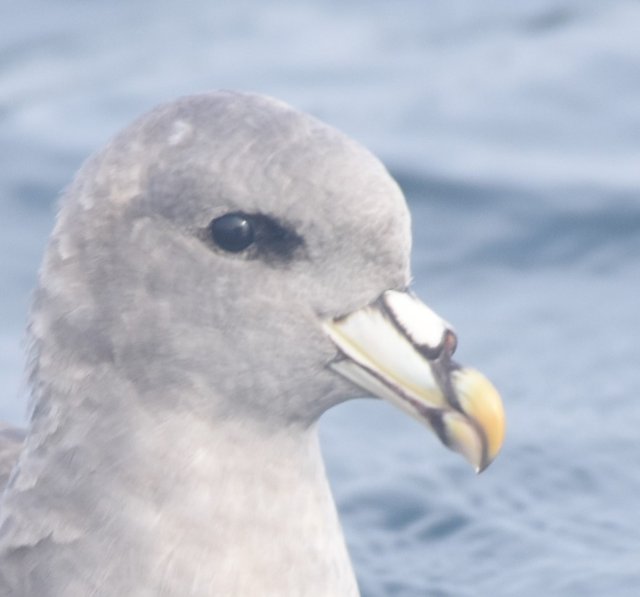
A highly cropped photo of the head of a Northern Fulmar Fulmarus glacialis showing the "tubenose" feature on top of the bill.
Last night I presented part of the program to our ABC Birding Club http://abcbirding.com/ about the birds seen on off-shore pelagic birding trips in Washington. Here is a link to a pdf of the powerpoint presentation.
https://drive.google.com/open?id=1CkekblylR_ufUXRB-FS-DCNJgRiXBOs2
A major part of the talk was on the family of shorebirds known as Procellariidae also called "tubenoses." These birds have a special organ located behind their eyes that actively transports sodium out of their bloodstream and concentrates it in a liquid form that runs down and drains our of the tubular structure on top of their bill, hence their colloquial name of tubenoses.
In Washington we see several species of birds in this family. Here are a few photos I've managed on pelagic trips out of Westport along with some from trips in other locations.
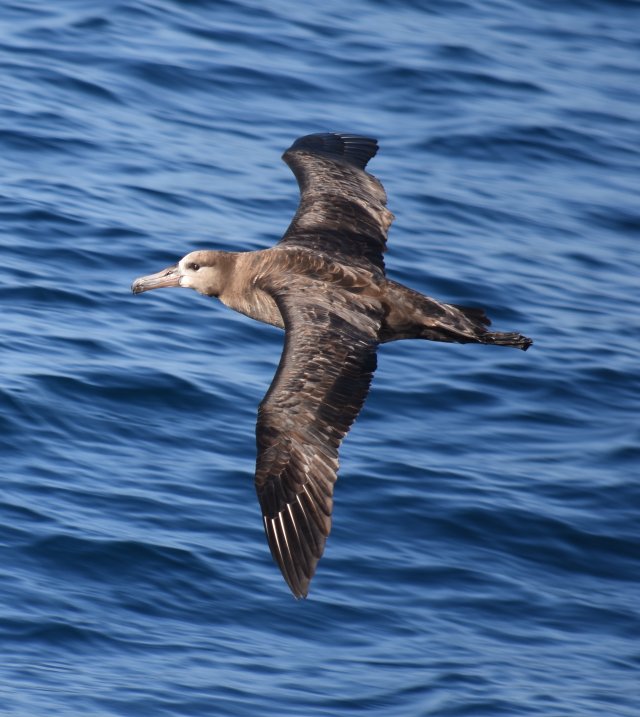
Black-footed Albatross Phoebastria nigripes is our most common Albatross off the Washington coast. It is largely dark with increasing amounts of whitish color as the bird gets older.
Northern Fulmars are common pelagic birds in both the north Atlantic and Pacific Oceans.
Pink-footed Shearwaters Puffinus creatopus breed off the coast of South America, but are commonly seen far off-shore in the summer in Washington waters.
Sooty Shearwaters Ardenna griseaare our most commonly seen tubenose and shearwater from shore, and are also the most common shearwater seen on most pelagic trips, though as we get far off-shore Pink-footed Shearwaters may be as or more common at times.
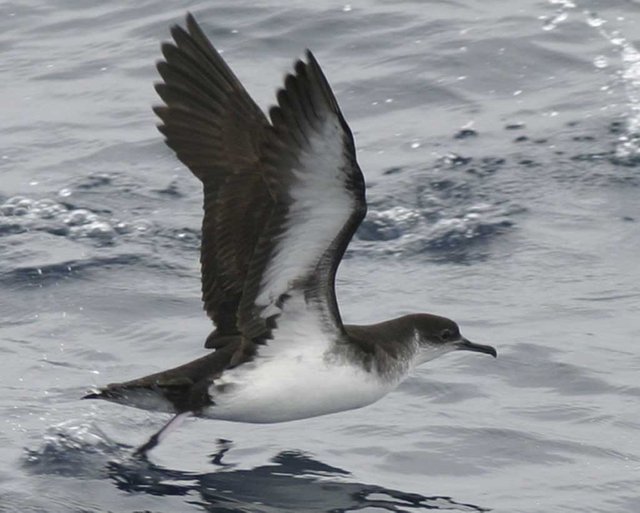
Manx Shearwaters Puffinus puffinus are mostly an Atlantic species, but are seen rarely off Washington in summer. Note that the genus and species latin name is the same, making them the "nominate" species for the genus Puffinus.
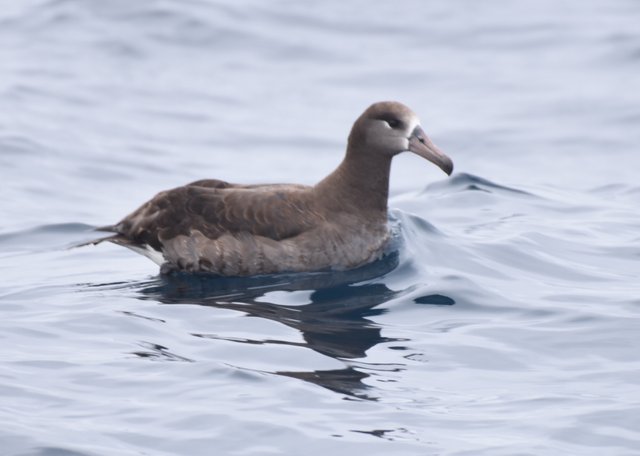
A Black-footed Albatross resting on the water.
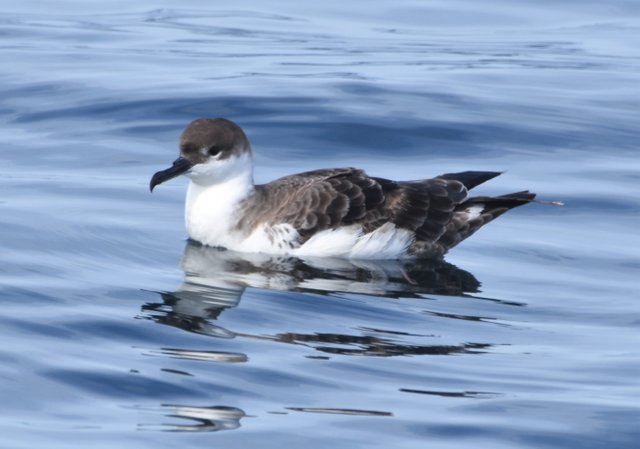
Great Shearwater Puffinus gravis photo from a Maine trip. These are seen rarely off WA.
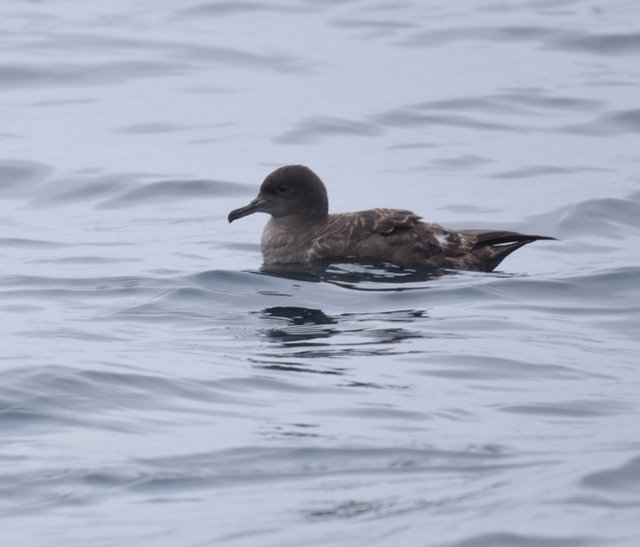
A closer look at a Sooty Shearwater.
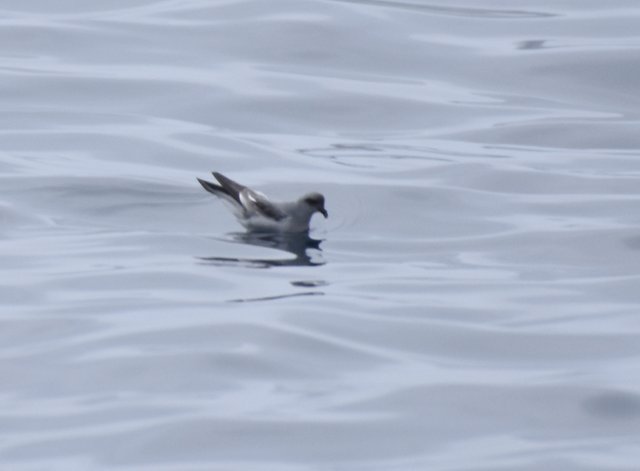
Fork-tailed Storm Petrels Oceanodroma furcata are the only blue-gray storm petrel, and are our most commonly seen storm petrel in WA. They are sometimes seen from shore after a storm, but are usually seen far off shore on pelagic trips. I often have a hard time seeing these birds because to me they blend into the water color so well.
Laysan Albatross Phoebastria immutabilis is the less commonly seen of the two albatross species seen regularly off-shore in WA. Like the Black-footed it breeds primarily in the Hawaiian Archipelago and spends most of its life at sea. These stay farther north mostly in the Bering Sea whereas the Black-footed tends to stay farther south where we can see it in good numbers on most Westport Seabirds trips.
Tubenoses rock! Good birding. Steem on!
